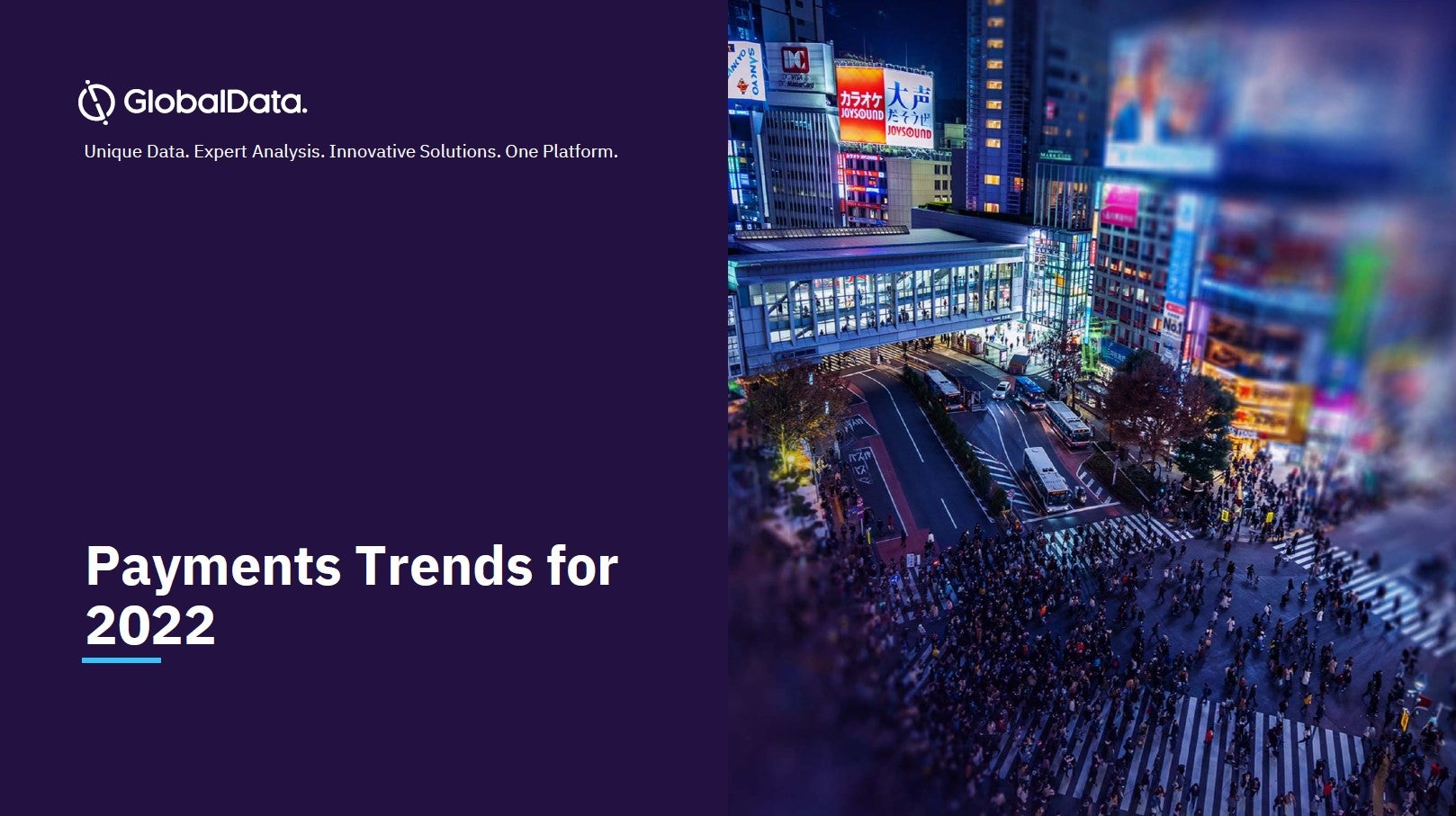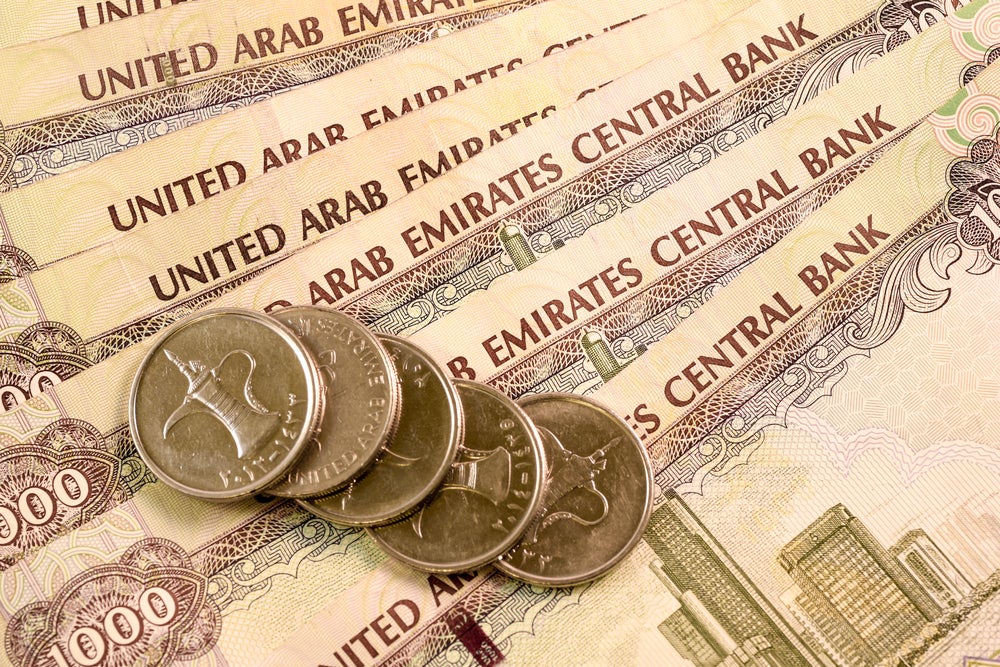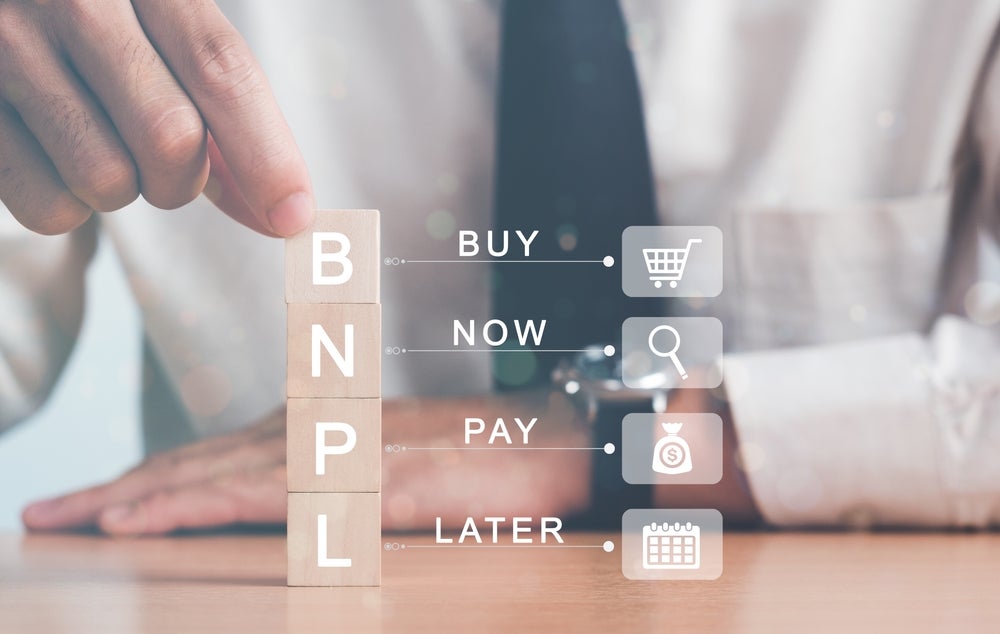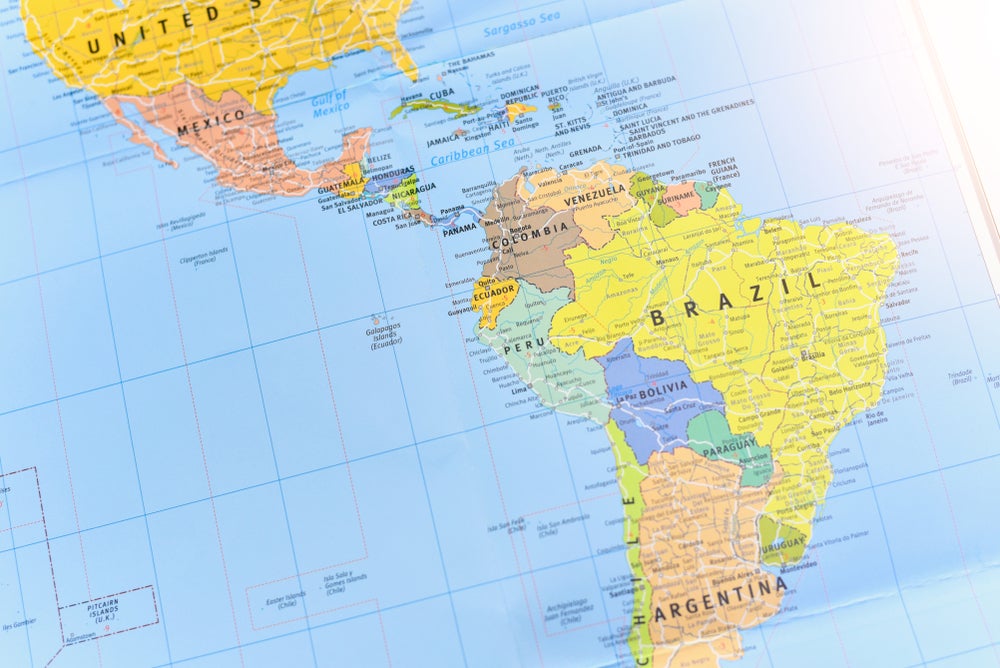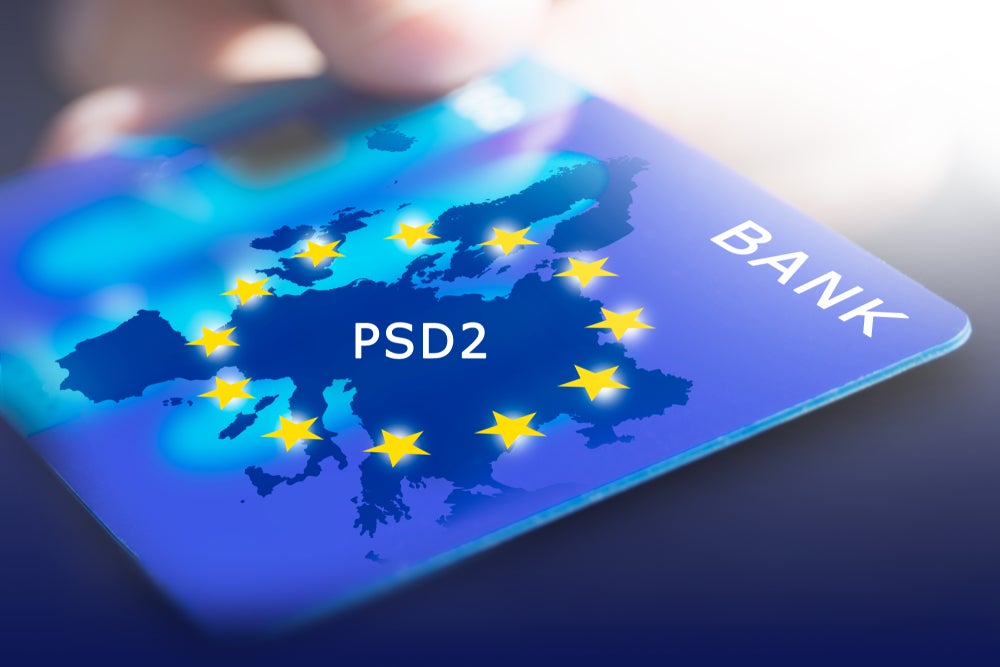PayNearMe started life 10 years ago providing cash-based bill payment services to cash-preferred US consumers. Since October 2018, when it began accepting electronic payments methods including credit and debit cards and ACH transfers, its volumes have expanded rapidly. Robin Arnfield reports.
Santa Clara, California-based PayNearMe processes bill payments for over 5,000 clients across multiple segments including lending, collections, e-commerce, transportation, property rental, and government agencies. Clients include the IRS (Internal Revenue Service), Santander, Comcast, Greyhound, and the California Department of Child Support Services.
Consumers can make cash payments for rent, utility bills, transit tickets, taxes and online shopping at 27,000 US retail locations including 7-Eleven, Family Dollar, Casey’s General Stores and ACE Cash Express stores.
“As the first retail outlet to accept PayNearMe cash payments for online purchases, 7-Eleven has seen customer acceptance, number of transactions, and our business relationship grow significantly over the last 10 years,” 7-Eleven President and CEO Joe DePinto says in a statement. “PayNearMe’s payment platform lets 7-Eleven customers pay bills with cash, make online purchases, buy bus tickets, or pay taxes.”
Founded in 2009, PayNearMe’s initial goal was to enable US businesses and government agencies to accept cash payments from underserved consumers at retail locations. Last year, in addition to adding the ability to process electronic payments, PayNearMe introduced integration with mobile wallets such as Google Pay, plus reminders via SMS and email when bills are due.
PayNearMe mobile integration
PayNearMe’s mobile integration technology enables consumers to store the payment credentials they use for paying bills in their mobile wallet,
How well do you really know your competitors?
Access the most comprehensive Company Profiles on the market, powered by GlobalData. Save hours of research. Gain competitive edge.

Thank you!
Your download email will arrive shortly
Not ready to buy yet? Download a free sample
We are confident about the unique quality of our Company Profiles. However, we want you to make the most beneficial decision for your business, so we offer a free sample that you can download by submitting the below form
By GlobalData“We originally built PayNearMe to solve a problem: the difficulty and expense of paying bills with cash through traditional walk-up networks,” says Danny Shader, PayNearMe’s CEO. “Now we are a full-service enterprise payment provider focusing on ensuring businesses never miss a payment, as consumers can pay any way they want – cash, cards or ACH. We do service verticals where cash is part of the mix, but usually cash represents the minority of the payments we process.”
PayNearMe’s biggest vertical in terms of unit volumes is loan repayments across all forms of tender, but, in terms of dollar value, its largest vertical is rent payments.
Shader says PayNearMe’s platform is integrated with its clients’ back-end billing systems or, in the case of a rental or property management company, their rent collection systems.
“Rather than the consumer initiating the bill payment, the payee stages the payment, and the consumer completes it in real time in any form of tender,” says Shader. “For example, if you owe money on your auto loan, you go to the lender’s website or their mobile app, where you have the option of paying with a card or ACH, as the loan is staged already in our system.
If you want to pay cash, you receive a barcode which you take to one of our retail partners like 7-Eleven. They scan the barcode, and your cash payment is accepted in real time. If you select credit or debit card or ACH in the biller’s app or website, your credentials are collected by us and processed in real time in our PCI-compliant system.”
Since launching electronic payments acceptance in October 2018, PayNearMe’s electronic payment volume has increased by over 25% month-on-month. Over 50 US lenders have adopted PayNearMe electronic payments to date, it says. Lenders using PayNearMe to receive payments from borrowers include Apoyo Financiero, Santander, Capital Auto Financial, and Grameen Foundation
“Apoyo Financiero serves its customers where, when and how they want,” says Antonio Morales, Apoyo Financiero’s President and CEO. “We can serve our customers at one of our branch locations, online or over the telephone. PayNearMe gives Apoyo Financiero the option to accept cash or electronic payments from our customers where and when they choose.”
Cash payments
It is incorrect to assume that people use PayNearMe’s cash payment service just because they are underbanked or unbanked.
John Thompson, Chief Program Officer at Chicago-based Financial Health Network (formerly CFSI/Center for Financial Services Innovation) says the number of unbanked in the US is diminishing markedly, but banked consumers may prefer to pay bills with cash for various reasons.
“The way people are paid by employers has changed, but not the way they have to pay bills,” Thompson says. “They may not get a regular pay cheque every month, but they do receive regular bills.
“So they use a variety of bill payment methods at different times in order to retain control over their finances and cope with fluctuating income. For example, they may use cash for some bills if they are trying to avoid bank charges or increasing their overdraft, but use bank accounts or Venmo for other bills.”
People receiving salaries in cash from employers such as construction firms or restaurants might decide one month to pay their bills with cash, says Shader. “The reason is that they owe money to the bank, so depositing their salary would just mean the bank automatically using the funds to pay off their overdraft,” he says.
“Another month, they feel more solvent, so will deposit their salary to their bank and then pay their bills electronically.”
Thompson says there are various reasons why the number of unbanked consumers has declined in the US. “We’ve seen a big rise in general-purpose reloadable (GPR) prepaid cards that function like bank accounts, and also a number of neo-banks have entered the US digital-only banking market,” he says.
“When PayNearMe started to accept electronic payments, this was a real recognition that the totally unbanked consumer segment is getting much smaller.”
However, analysts warn that EBPP (electronic bill presentment and payment) service providers mustn’t neglect cash-preferred consumers.
According to the Javelin Strategy & Research report “Building Payment Strategies for Paycheck-to-Paycheck Consumers: The Détente on the War on Cash” by Krista Tedder and Rachel Huber, the payments industry must drop the terminology of “war on cash” and focus on increasing the financial fitness of consumers.
“Digitising payments doesn’t make sense for every transaction,” the report says. “The cost of accepting digital payments, the ease of use of cash, and the need for immediacy require payment companies to incorporate cash into the mix of payment strategies in the US.”
The Javelin report says that consumers who live paycheque to paycheque are more likely to need instant payment capabilities for bill payment. This involves being able to make a bill payment in real-time just before the bill becomes due, a service provided by PayNearMe.
“Financial institutions don’t have comprehensive payment strategies to meet this growing and diverse population of consumers, which is demonstrated with the usage of non-banking payments by minorities,” Javelin says.
“Consumers who work paycheque to paycheque have a greater reliance on cash due to ease of use and immediacy of payment. Envelope budgeting for financial management is a known method of managing funds with cash that helps consumers meet financial objectives.”
FDIC data
According to the FDIC’s 2017 National Survey of Unbanked and Underbanked Households, in 2017 6.5% of US households – 8.4 million – were “unbanked,” meaning that no-one in the household had current or savings accounts. The unbanked rate in 2017 declined to the lowest level since the survey began in 2009.
An additional 18.7% of U.S. households – 24.2 million – were “underbanked” in 2017, meaning that the household had an account at an insured institution but also obtained financial products or services outside of the banking system in the last 12 months, for example from alternative financial services providers of money orders, cheque cashing, international remittances, payday loans, refund anticipation loans, rent-to-own services, pawn shop loans, or auto title loans.
The underbanked rate in 2017 was 1.2 percentage points lower than the 2015 estimate of 19.9%).
In 2017, 9.2% of US households used prepaid cards, up from 7.9% in 2013, the FDIC says.
EBPP market segments
There are three segments in the EBPP services market, according to the Forrester Research report “Now Tech: B2C Electronic Bill Presentment And Payment (EBPP), Q1 2019” by Forrester Research analyst Lily Varon.
The report, which gives an overview of 20 US B2C EBPP providers, identifies bill consolidators; biller-direct providers; and point solutions vendors.
Forrester explains that bill consolidators consolidate bills and facilitate online payments for end users. These EBPP services may be white-labelled by financial institutions to merchants, so that their shared end customers can receive bills and make payments using online banking.
By contrast, biller-direct solutions incorporate EBPP experiences into merchants’ own websites and mobile apps, Forrester Research says.
The Forrester Research report says that point solutions offer a solution for important pain points in the EBPP process, and can be integrated into biller-direct or consolidator solutions, for example delivering billing data across digital channels or intuitive billing design. It identifies PayNearMe as both a biller-direct and point solutions provider.
Other market participants
Shader says that PayNearMe is the only US company that digitises cash with a barcode technology at its network of retailer partners. “Billers can also choose to accept cash through more paper-based services such as MoneyGram and Western Union, which involve completing an application form with the payee and payor’s details” he says. “PayNearMe is the only payment processor which can service all payment types in a single platform, which means billers only have to integrate with one processor and one interface. There are many EBPP providers in the space including ACI/Speedpay, Paymentvision, Repay and Paymentus, but all work with third parties to enable cash acceptance.”
In May 2019, Western Union completed the sale of its Speedpay US bill payment service to ACI Worldwide for an all-cash price of $750 million.
ACI said that, following its Speedpay acquisition, it will expand its reach into existing and complementary segments such as consumer finance, insurance, healthcare, higher education, utilities, government and mortgages. Also, Speedpay and ACI’s UP Bill Payment platforms will become a unified bill payment platform. “The addition of Speedpay is expected to contribute between $215 million and $220 million in revenue and between $50 million and $55 million in adjusted EBITDA to the remainder of 2019,” ACI said.
ACI spokesperson Dan Ring says that ACI partners with PayNearMe for IRS tax payments, and works with MoneyGram to provide customers with cash payment options for bills.
According to Forrester Research, ACI/Speedpay is both a biller-direct vendor and a bill consolidator.
“Following the Speedpay sale, Western Union continues to offer US customers the ability to pay multiple types of bills (e.g., utilities, auto, finance, etc.) to thousands of billers through its retail agent network and digital channels,” a Western Union spokesperson says. “These services were uninterrupted by the sale of the Speedpay business to ACI in May 2019.”
In 2017, PayPal bought TIO Networks, a provider of US cash-based bill payment services. However, after uncovering a security breach at TIO Networks, PayPal discontinued the TIO operation in 2018.
In January 2019, PayPal announced a strategic partnership with Paymentus, an electronic billing service company for large-scale merchants in the US, Canada, and Mexico. PayPal will enable all payment processing for Paymentus transactions including debit card, credit card and ACH through PayPal’s Braintree platform as well as via PayPal, Venmo, and PayPal Credit payment options for existing and new merchants. PayPal and Paymentus will also partner to build a consumer bill payment experience within the PayPal app.
“Not only will billers on the Paymentus platform be able to present bills to PayPal consumers directly, but the feature will also allow other billers and billing platforms to present bills to PayPal consumers and enable payment with PayPal,” Bill Ready, PayPal’s EVP and COO, said in a Q418 conference call.
“This opens up bill payment as a vertical for us. Overall, bill payment has the potential to generate tens of billions of dollars of payment volume.”
ACI Worldwide bill payment services
- ACI One-Time Payments;
- ACI Recurring Payments;
- ACI Integrated Payment Plan (for higher education);
- ACI Service Fee Payments, which lets billers offer electronic payments — and accept both card and ACH payments — without incurring transaction costs;
- ACI eLockbox, which allows customers to easily receive online banking, walk-in centre traffic and payments from their own payment channels;
- Real-time disbursement services to customers debit cards via Visa Direct and Mastercard Send for billers’ bill payments portfolios, launched in June 2019.

